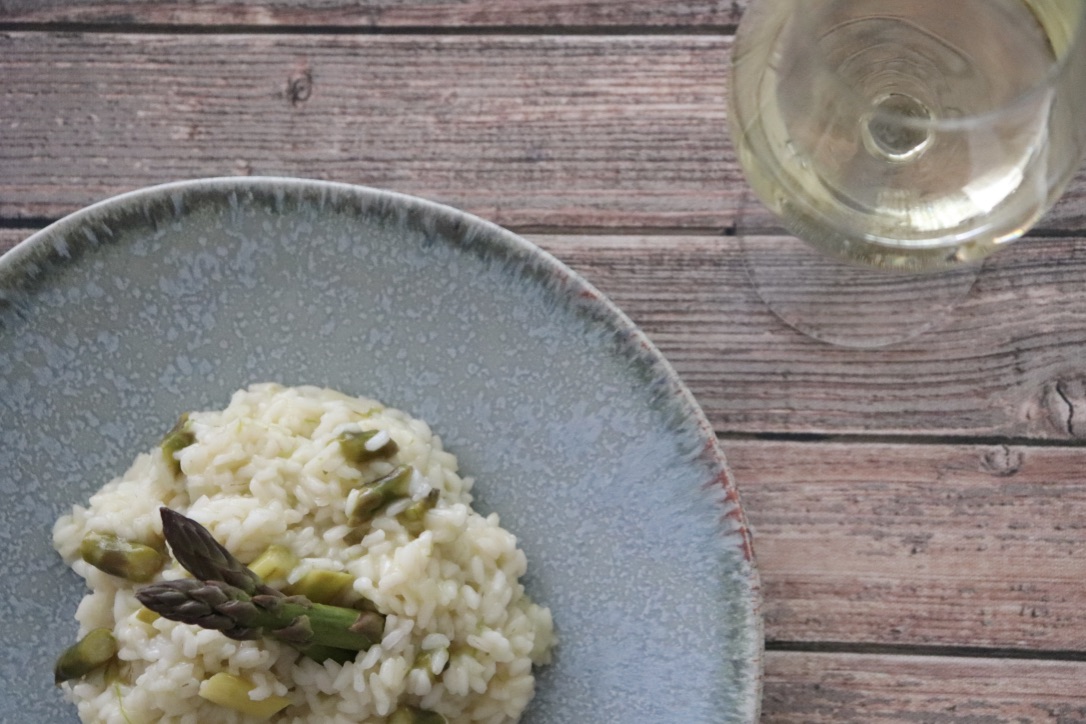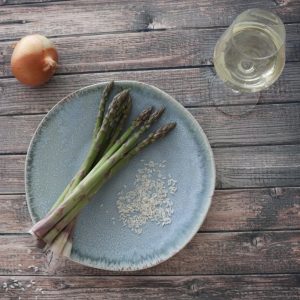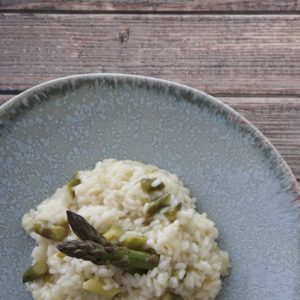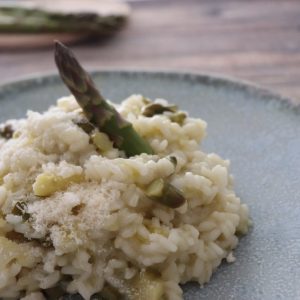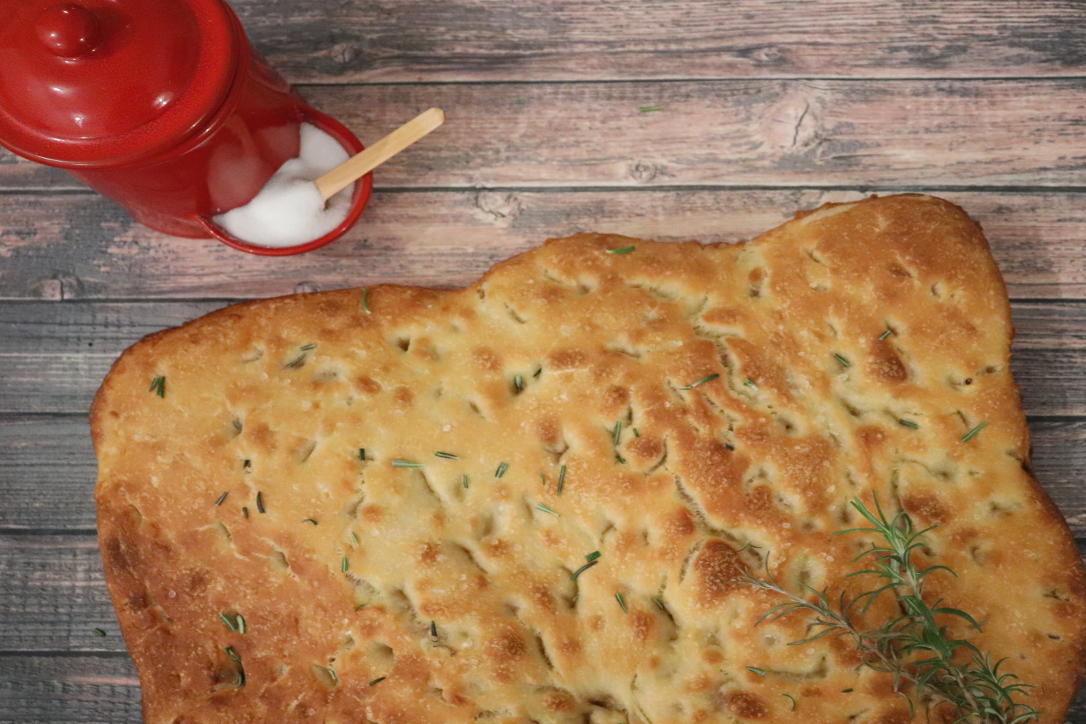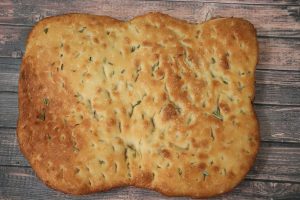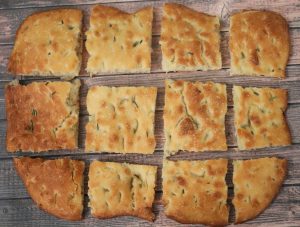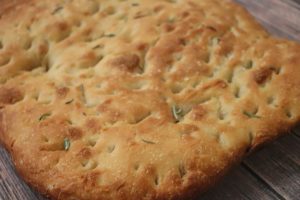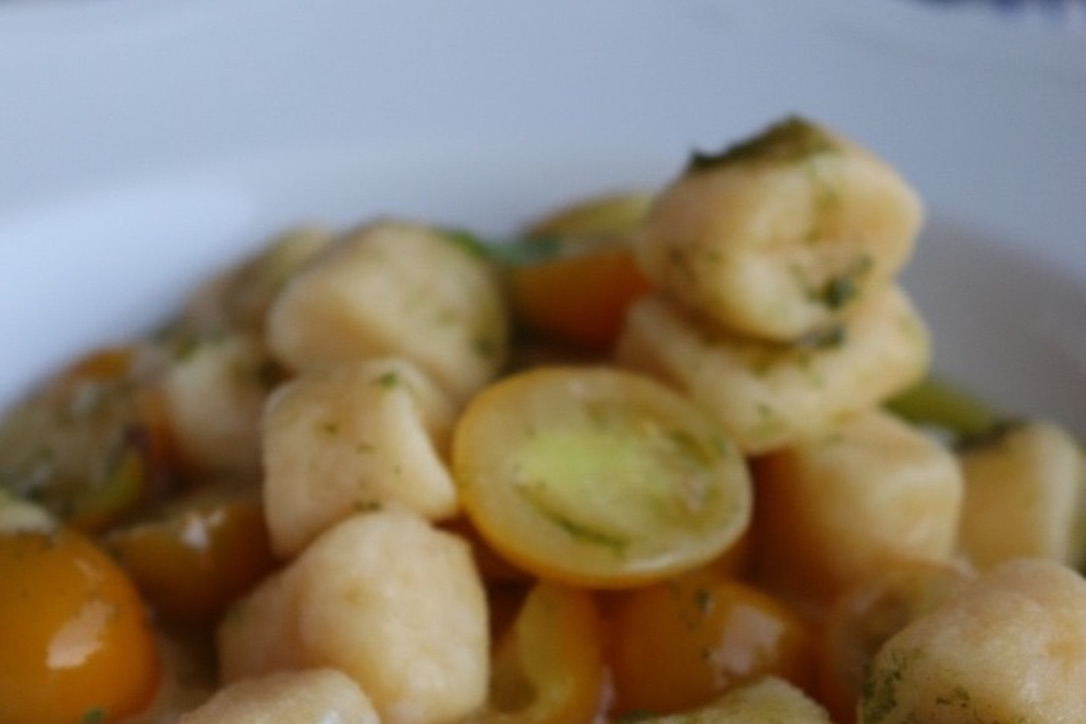Tiramisù

In celebration of International Tiramisù Day on 21 March, we embark on a journey to discover the history and delightful flavors of one of Italy’s most beloved desserts and share our favorite recipe.
The origins of tiramisù are as rich and layered as the dessert itself: The roots of tiramisù date back to the Veneto region in 1800, particularly the city of Treviso (in the local dialect “tireme su“) and the vibrant streets of Venice. While the exact origin story is subject to debate, one thing remains certain: tiramisù embodies the essence of Italian culinary tradition and creativity.
The name “tiramisù“ translates to “pick-me-up” or “lift-me-up” in Italian, a fitting name for a dessert that promises to elevate your spirits with each bite. This delicous dessert is a harmonious blend of ladyfingers (“savoiardi“), mascarpone cheese, eggs, sugar as well as espresso and cocoa.
The beauty of tiramisù lies in its simplicity, allowing each ingredient to shine while coming together to create a symphony of flavors on the plate.
Here’s our most favorite recipe to get you started on your tiramisù-making journey:
Ingredients:
- 4 eggs
- 500 g mascarpone cheese
- 4 tablespoons of sugar
- 300 g ladyfingers
- (savoiardi biscuits)
- 8 cups of cold coffee
- cocoa
Preparation:
- Separate the egg yolks from the egg whites and place them in two separate bowls.
- Add 2 tablespoons of sugar to the yolks and mix well until light and frothy.
- Add the mascarpone cheese and stir the mixture until it is smooth and fluffy.
- Whip the egg whites until they reach a very stiff consistency, also adding 2 tablespoons of sugar.
- Add egg whites to the mixture of egg yolks and mascarpone cheese very gently and spoon by spoon, incorporating the egg whites without loosing their fluffiness.
- Take a small baking dish or dessert glasses and spread a layer of cream in it, then cover it with a layer of ladyfingers quickly dipped (not soaked) in cold coffee.
- Cover with another layer of cream, then another layer of ladyfingers, and so on until you finish the ingredients.
- Place the tiramisù in the fridge and leave it to rest for at least two hours.
- Sprinkle the tiramisù with cocoa powder before serving.
Enjoy!
Try this recipe at home and feel free to tag us in your tiramisù photos on Instagram or Facebook!


